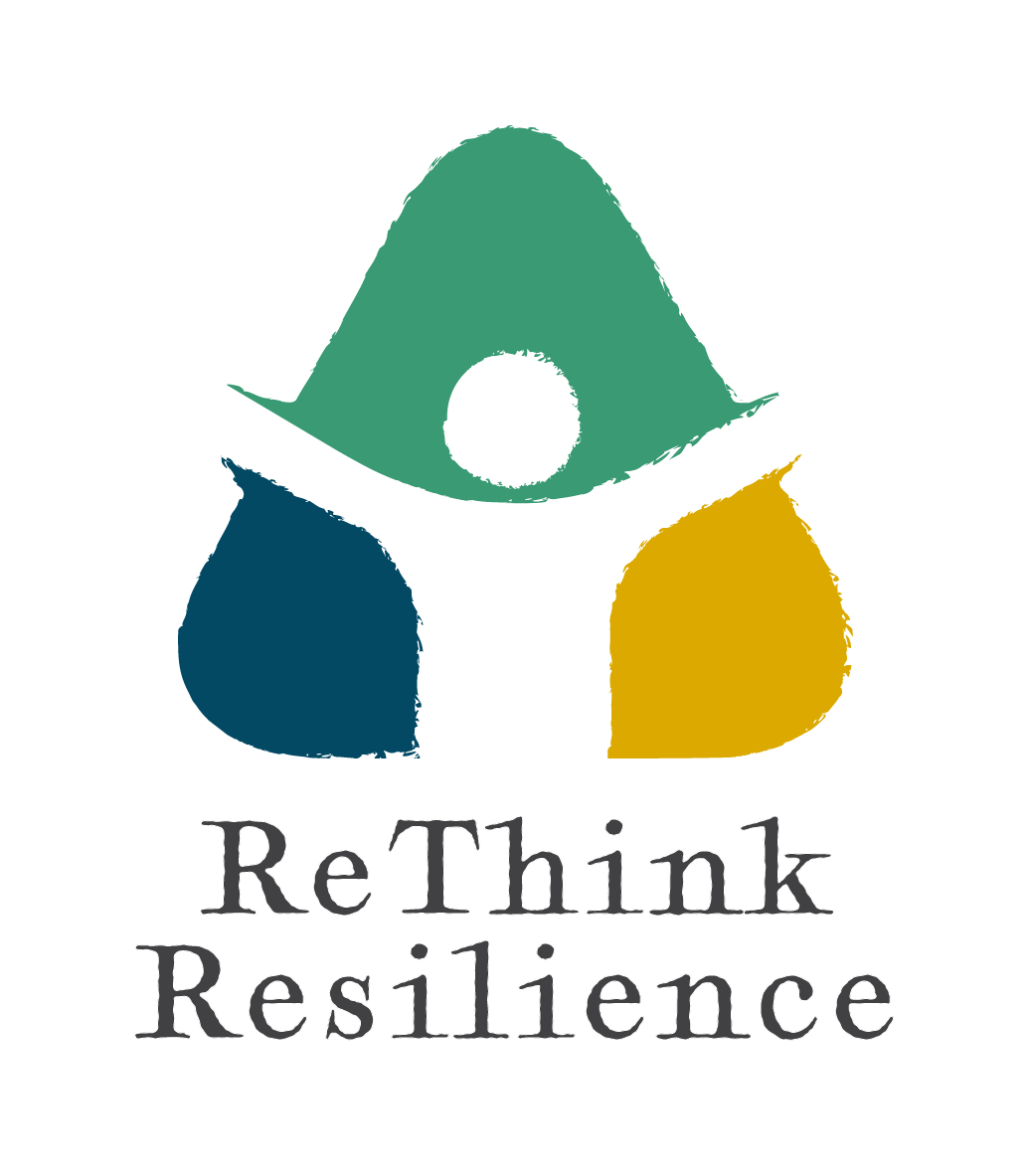
Cultural Empathy
Cultural Empathy
What is this thing we call empathy? Is it to walk a mile in another person’s shoes? Is it to understand how a person thinks and feels? Is it to sit with another person and feel with them? Their joy and their sorrow, their hope, and their disappointment?
Yes… And…
Our human condition tends to limit our ability to recognize the difference between what I am feeling and what you are feeling. We tend to think about how we would feel in a given situation and struggle to recognize that each of us experiences each moment in different ways. What you feel and think might be quite different than how I think and feel about a given situation.
Cultural empathy is the practice of trying to understand how another person thinks and feels, based on who they are: their lived experience, their cultural values, beliefs, practices, and worldview.
Cultural empathy is grounded in an attitude of cultural humility. Cultural humility takes the stance of recognizing that you and I have lived different lives, and may have different identities, but this difference is neither good nor bad. It is merely different. Cultural humility embraces a posture of learning and listening, and honoring the other person.
Through this blend of attitude (cultural humility) and skill (cultural empathy), we can begin to understand one another. It is a starting place for relationship and conversation.





